

Call Us Now
1800 STEEL TANKS
Request a call back
Quick Quote
"*" indicates required fields


"*" indicates required fields
Farm water, also referred to as agricultural water, is water dedicated to the production of food and fiber as well as a resource collection. Poorly planned industrial sites, livestock farms, barnyards, and feedlots can all have an impact on water quality. Poor water quality can harm and produce sickness towards humans and farm animals. One idea could include microorganisms that directly cause illnesses. Irrigating crops with contaminated water can result in poisonous food, which can cause illness if ingested. Groundwater has traditionally been recognized as one of the cleanest water sources. However, depending on the location and size of the area, these sources of water may not be suitable for irrigation.
What could farmers do to prevent this kind of problem? Here are a few tips on how to farm water the correct way.













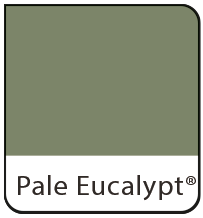




80mm Overflow

Internal Safety Ladder

1 x 80mm Outlets

Lockable Access point
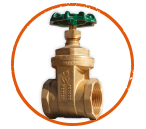
1 x 3” Brass Gate Value
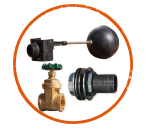
2″ Inlet with float


Long distance level indicator

External ladder with safety arms

Additional Outlets
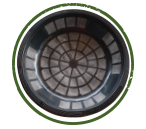
Leaf Strainer Kit with light shield

Additional Fittings

Variable speed Multistage Pump

Premium Jet Pressure pump

Rainsaver Caps

Vermin Proofing
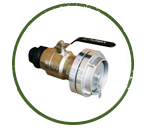
Storz Fitting






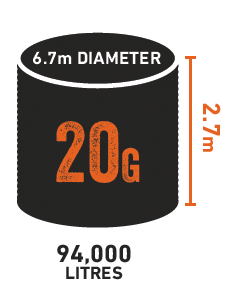







80mm Overflow

Internal Safety Ladder

1 x 80mm Outlets

Lockable Access point

1 x 3” Brass Gate Value

2″ Inlet with float


Long distance level indicator

External ladder with safety arms

Leaf Strainer Kit with light shield

Additional Outlets

Variable speed Multistage Pump

Premium Jet Pressure pump

Rainsaver Caps

Vermin Proofing

Storz Fitting


















80mm Overflow

Internal Safety Ladder

2 x 80mm Outlets

Lockable Access point

2 x 3” Brass Gate Valve

Long distance level indicator

External ladder with safety arms

2″ Inlet with float

1 x 2” Gate Valve for inlet


Variable speed Multistage Pump

Premium Jet Pressure pump

Rainsaver Caps

Vermin Proofing

Storz Fitting














80mm Overflow

Internal Safety Ladder

2 x 80mm Outlets

Lockable Access point

2 x 3” Brass Gate Valve

Long distance level indicator

1 x 2” Gate Valve for inlet

External ladder with safety arms

2″ Inlet with float


Variable speed Multistage Pump

Premium Jet Pressure pump

Rainsaver Caps

Vermin Proofing

Storz Fitting